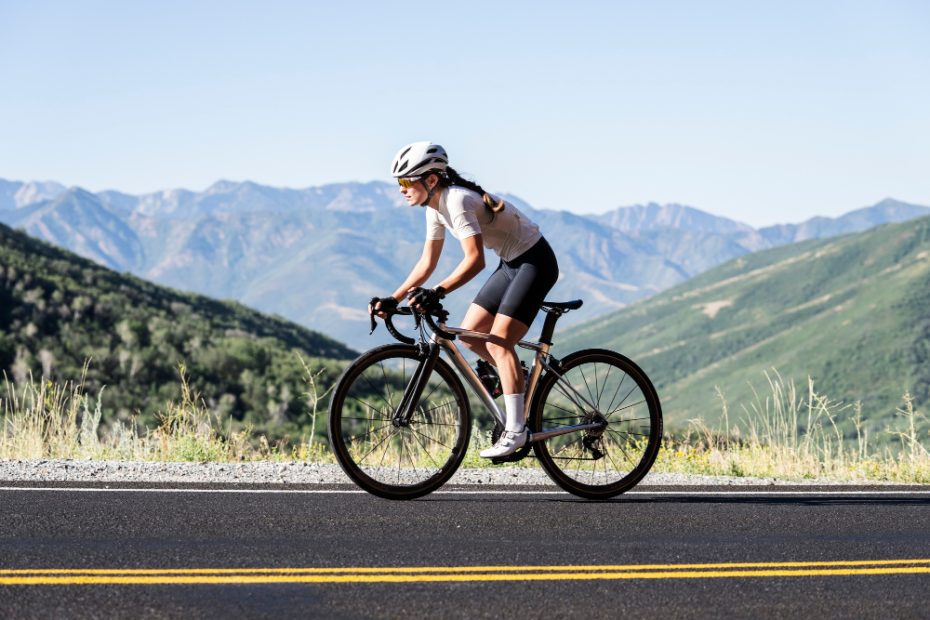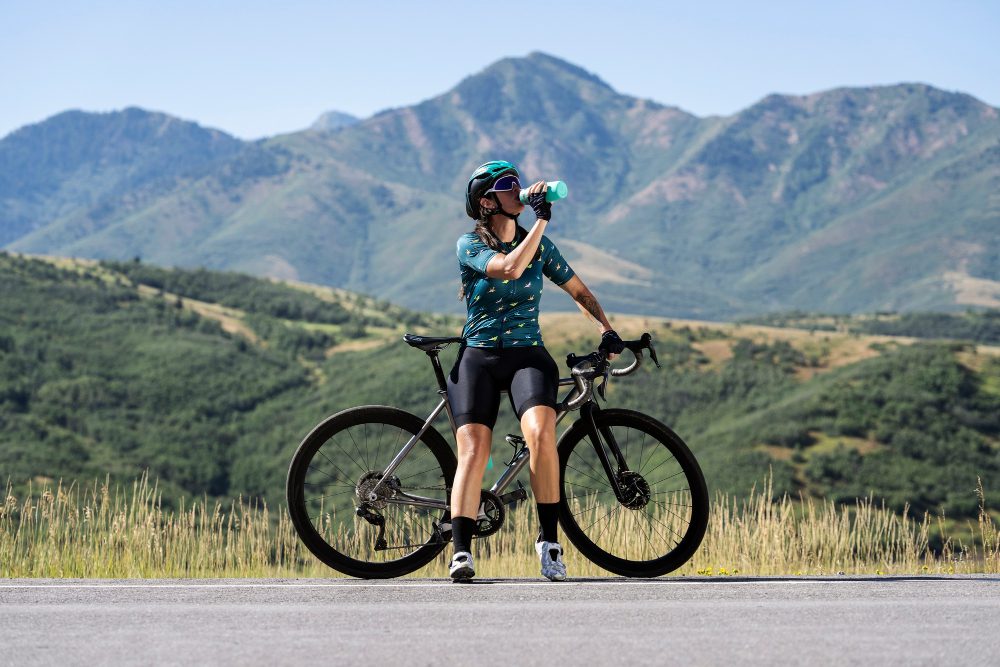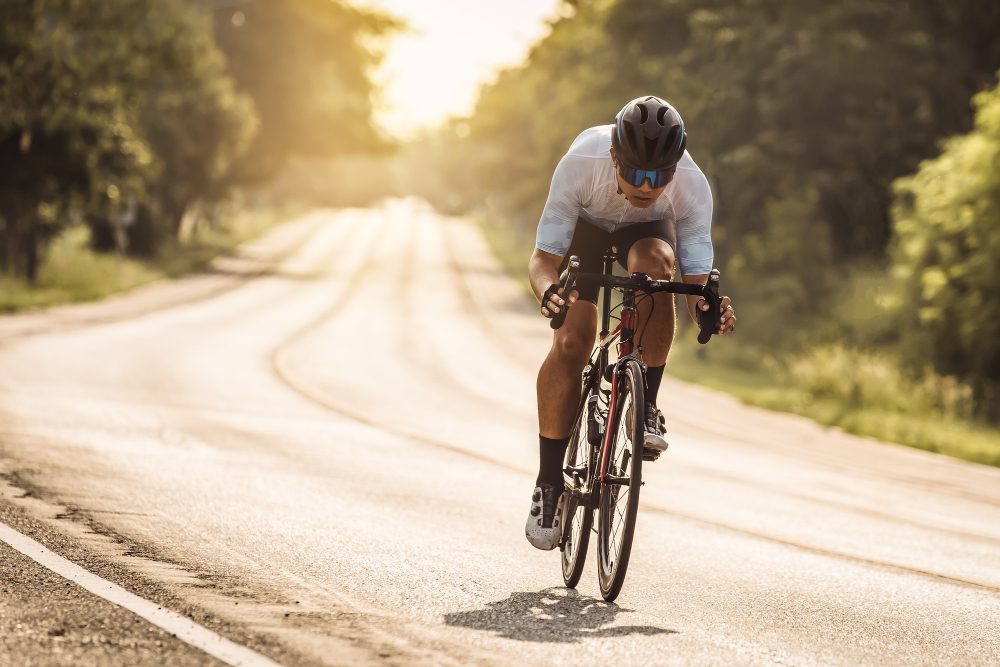Why are pro cyclists so fast?
Professional cyclists are renowned for their incredible speed and endurance. They are able to cover vast distances in record-breaking times, leaving ordinary cyclists in awe of their abilities. But what exactly makes these athletes so fast?
Physical Fitness
One of the key factors contributing to the exceptional speed of pro cyclists is their physical fitness. These athletes undergo rigorous training regimes, focusing on building cardiovascular endurance, muscular strength, and power. Their bodies are finely tuned machines, capable of generating immense amounts of power and sustaining high levels of effort over long periods of time.
In addition to their overall fitness, pro cyclists possess exceptional lung capacity. Their well-trained lungs can take in and utilize more oxygen, allowing them to deliver more fuel to their muscles during intense efforts. This increased oxygen uptake contributes to their ability to maintain high speeds for extended periods.
Efficient Technique
Pro cyclists have honed their technique over years of practice and experience. They have mastered the art of pedaling efficiency, ensuring that each stroke of the pedal translates into maximum propulsion. Their ability to apply force evenly throughout the entire pedal stroke is a critical aspect of their speed.
Another technique that sets pro cyclists apart is their ability to draft or “slipstream” behind other riders. By positioning themselves closely behind another cyclist, they benefit from reduced wind resistance, allowing them to conserve energy and maintain higher speeds. This tactic is often employed in races, where teams strategically work together to gain an advantage.
Equipment and Technology
Pro cyclists have access to cutting-edge equipment and technology, which further enhances their speed. Bikes built specifically for professional racing are incredibly lightweight and aerodynamic. These bikes are meticulously designed to minimize wind resistance, enabling riders to achieve higher speeds with less effort.
Additionally, advancements in cycling gear, such as streamlined helmets and form-fitting clothing, aid in reducing drag and optimizing aerodynamics. Every small improvement in equipment can make a significant difference in overall speed.
Mental Resilience
Beyond their physical attributes, pro cyclists possess mental resilience that allows them to push through pain and fatigue. Races often require cyclists to endure grueling conditions, both physically and mentally. The ability to maintain focus and stay motivated even during challenging moments is crucial in achieving and sustaining high speeds.
“It never gets easier, you just get faster.” – Greg LeMond
Pro cyclists constantly strive for improvement, consistently pushing their limits to become faster and stronger. Their unwavering determination and commitment to their sport play a vital role in their ability to achieve incredible speeds.
Nutrition and Preparation
A well-balanced diet and proper nutrition are essential for pro cyclists to perform at their best. These athletes carefully plan their meals, ensuring they consume sufficient carbohydrates, proteins, and fats to support their demanding training and racing schedules. Proper hydration is also critical, as dehydration can severely impact performance.
In addition to nutrition, pro cyclists pay meticulous attention to pre-race preparation. They study race courses, strategize, and analyze weather conditions to optimize their performance. This level of preparation helps them anticipate challenges and make split-second decisions during races, ultimately contributing to their speed.
Overall, the exceptional speed of pro cyclists can be attributed to a combination of factors including physical fitness, efficient technique, top-notch equipment, mental resilience, and well-planned preparation. It is the culmination of these elements that allows these athletes to reach unparalleled speeds and achieve remarkable feats in the world of professional cycling.
Why do pro cyclists sit so far forward?
Introduction
One of the most noticeable things about professional cyclists is their position on the bike. They often sit far forward, with their bodies tilted at an angle. This position may seem uncomfortable to the average cyclist, but there are several reasons why pro cyclists adopt this stance.
Aerodynamics
Aerodynamics play a crucial role in cycling performance, especially at high speeds. By sitting far forward, pro cyclists can reduce their frontal area, minimizing drag and allowing them to slice through the air more efficiently. This position also helps to streamline the body and bike as one unit, further reducing air resistance.
Power Transfer
Sitting forward also facilitates power transfer. By positioning their bodies over the pedals, pro cyclists are able to generate more force and transfer that power directly into the bike. This allows them to maximize their pedaling efficiency and produce more speed.
Weight Distribution
The forward position on the bike helps to distribute the rider’s weight more evenly between the front and rear wheels. This provides better balance and control, particularly when navigating tight corners or descending at high speeds.
Handling
Pro cyclists need to have precise handling skills to negotiate challenging racing conditions. Sitting forward gives them better control over the bike, allowing them to react quickly to changes in terrain or pack dynamics. It also enables them to shift their weight efficiently when making turns or maneuvering through obstacles.
Quicker Response
Being closer to the front of the bike means pro cyclists can respond faster to changes in pace, whether it’s accelerating or decelerating. This can be crucial in race scenarios, where split-second reactions can make a significant difference.
Why are Tour de France riders so skinny?
Tour de France riders are renowned for their incredibly lean and skinny physique. This physical characteristic is a key factor in their ability to perform at such high levels in this prestigious cycling event.
Nutrition and Energy Efficiency
One reason why Tour de France riders are so skinny is because of the emphasis on nutrition and energy efficiency. These athletes carefully monitor their calorie intake and follow strict diets to maintain their weight and optimize their performance. They consume a balanced diet that is low in fat and high in carbohydrates, which provides them with the necessary energy to endure the grueling stages of the race.
Power-to-Weight Ratio
The power-to-weight ratio is crucial in cycling, especially in uphill sections where less weight allows riders to climb more efficiently. With less body mass to carry, riders can produce more power and maintain higher speeds. Being skinny helps minimize the impact of gravity and allows for greater agility and acceleration.
Endurance and Oxygen Efficiency
Another reason for their slender build is the need for endurance and oxygen efficiency. Extra body weight requires more oxygen to sustain muscular effort, making it harder to maintain high speeds for extended periods. By being skinny, Tour de France riders maximize their lung capacity and oxygen uptake, allowing them to perform better during long, demanding stages.
Training and Muscle Adaptation
The rigorous training regimen that professional cyclists undergo also contributes to their lean physique. Endurance training, including long hours on the bike and high-intensity interval workouts, leads to muscle adaptation rather than muscle growth. This type of training promotes the development of slow-twitch muscle fibers, which are more aerobic and contribute to improved endurance.
The Role of Genetics
Genetics also play a significant role in determining a cyclist’s body composition. Some individuals naturally have a higher percentage of slow-twitch muscle fibers, which are better suited for endurance sports. These genetic factors, combined with training and nutrition, contribute to the lean and skinny physique of Tour de France riders.
“The combination of low body weight, optimized nutrition, and specific training allows Tour de France riders to achieve their peak performance.”
To summarize, the lightweight and skinny build of Tour de France riders is a result of multiple factors, such as optimized nutrition, power-to-weight ratio, endurance training, genetics, and muscle adaptation. It enables them to excel in one of the most demanding cycling events in the world.
Conclusion
Pro cyclists sit far forward on their bikes for a combination of aerodynamics, power transfer, weight distribution, handling, and quicker response. This position allows them to optimize their performance and gain a competitive edge. So, next time you see a pro cyclist leaning forward, remember that it’s not just for style – it’s all about speed!



